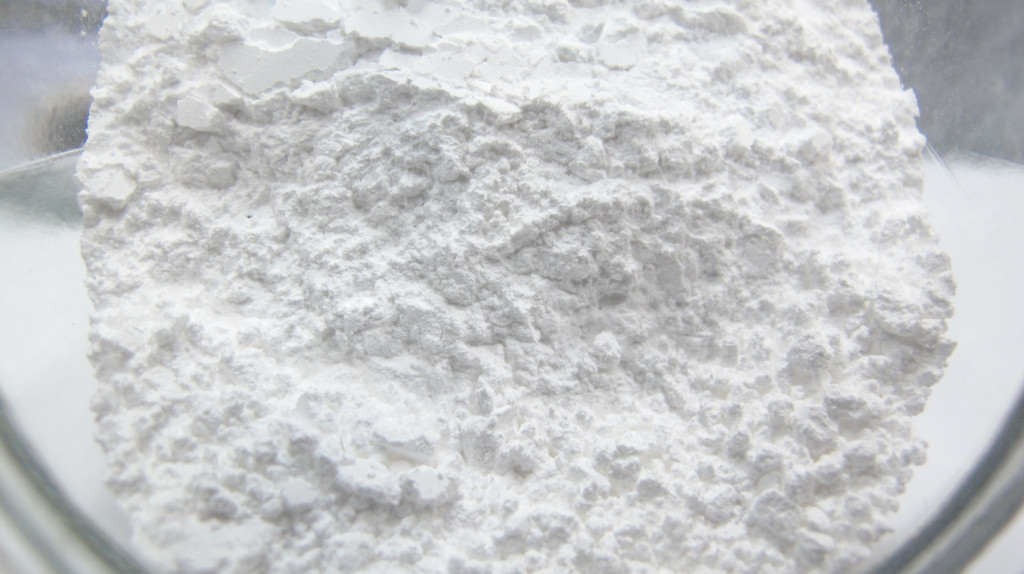Introduction
Samarium was first discovered in 1879 by the French chemist Paul-Émile L. de Boisbaudran, originating from the rare earth mineral Samarskite. The mineral itself was named earlier after Colonel Vasili Samarsky-Bykhovets, a Russian mining official, in recognition of his contributions to the field of mineralogy.
Samarium has seven naturally occurring isotopes: the stable ¹⁴⁴Sm, ¹⁴⁹Sm, ¹⁵⁰Sm, ¹⁵²Sm, ¹⁵⁴Sm, and the long-lived, stable primordial radioactive nuclide ¹⁴⁷Sm, as well as 31 artificially synthesized radioactive isotopes.
Samarium is not found as a free element in nature but rather as a component of rare earth minerals like monazite, bastnäsite, cerite, beryllium silicate, and samarskite, with the main ores being monazite sand and bastnäsite.
Samarium (Sm)
Atomic number: 62
Atomic weight: 150.36 u
Atomic structure: The outermost electronic structure of samarium is 4f6 6s2。
Physical/chemical properties: It is a medium-soft metal with silvery white luster. It will oxidize slowly in dry air and is not easy to corrode. Samarium is prone to spontaneous combustion at temperatures of 150°C.
Main Application Areas of Samarium
- Magnetic Materials: Due to samarium being one of the most difficult elements to demagnetize, it is widely used in the manufacture of high-performance permanent magnetic materials, with its main commercial application being Samarium-Cobalt magnets.
- These materials, with exceptional magnetic properties just below that of neodymium magnets, are used in permanent magnetic motors, disk drives, audio equipment, magnetic separators, and other applications.
- Nuclear Energy: The natural isotope ¹⁴⁹Sm has good neutron absorption capabilities and can be used as a material for control rods in nuclear reactors.
- Medicine: The artificially synthesized isotope ¹⁵³Sm can be used in radiotherapy, such as for the treatment of lung cancer, prostate cancer, breast cancer, and especially for bone diseases like bone cancer and arthritis. It is typically infused into patients for targeted radiation therapy of diseased areas.
- Electronic Components: Samarium can be used as a phosphor in electronic components for displays, television screens, and lighting applications because they can produce various colors of light.
- Optical Glass: Samarium glass has good optical properties and is used in the manufacture of laser components, optical filters, and fiber amplifiers.
- Scientific Research: Used in laboratory environments for academic research, especially in the fields of nuclear physics and materials science, to understand its properties and application potential.
- Other Applications: Its oxide is a good infrared absorber and is therefore often added to specialty glasses and infrared-sensitive phosphors. It can also be used as a catalyst in chemical reactions, in lasers, in mischmetal flints, and in masers.


